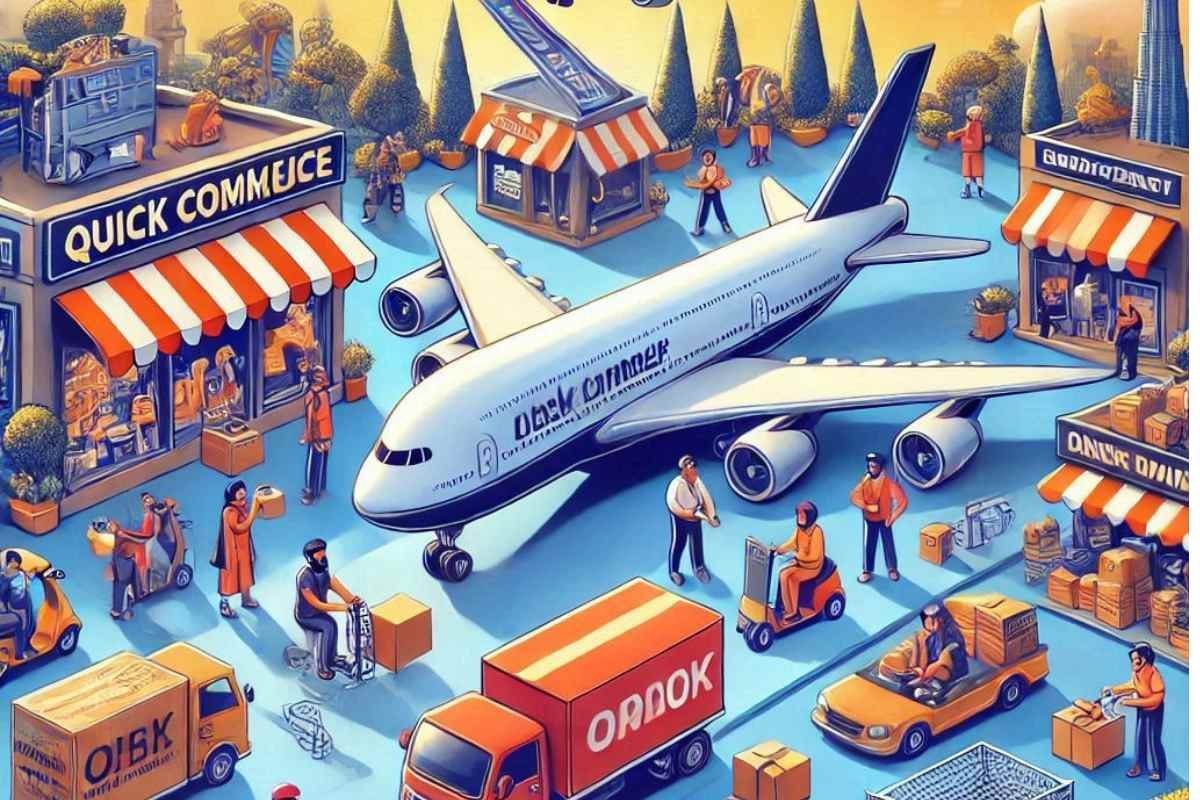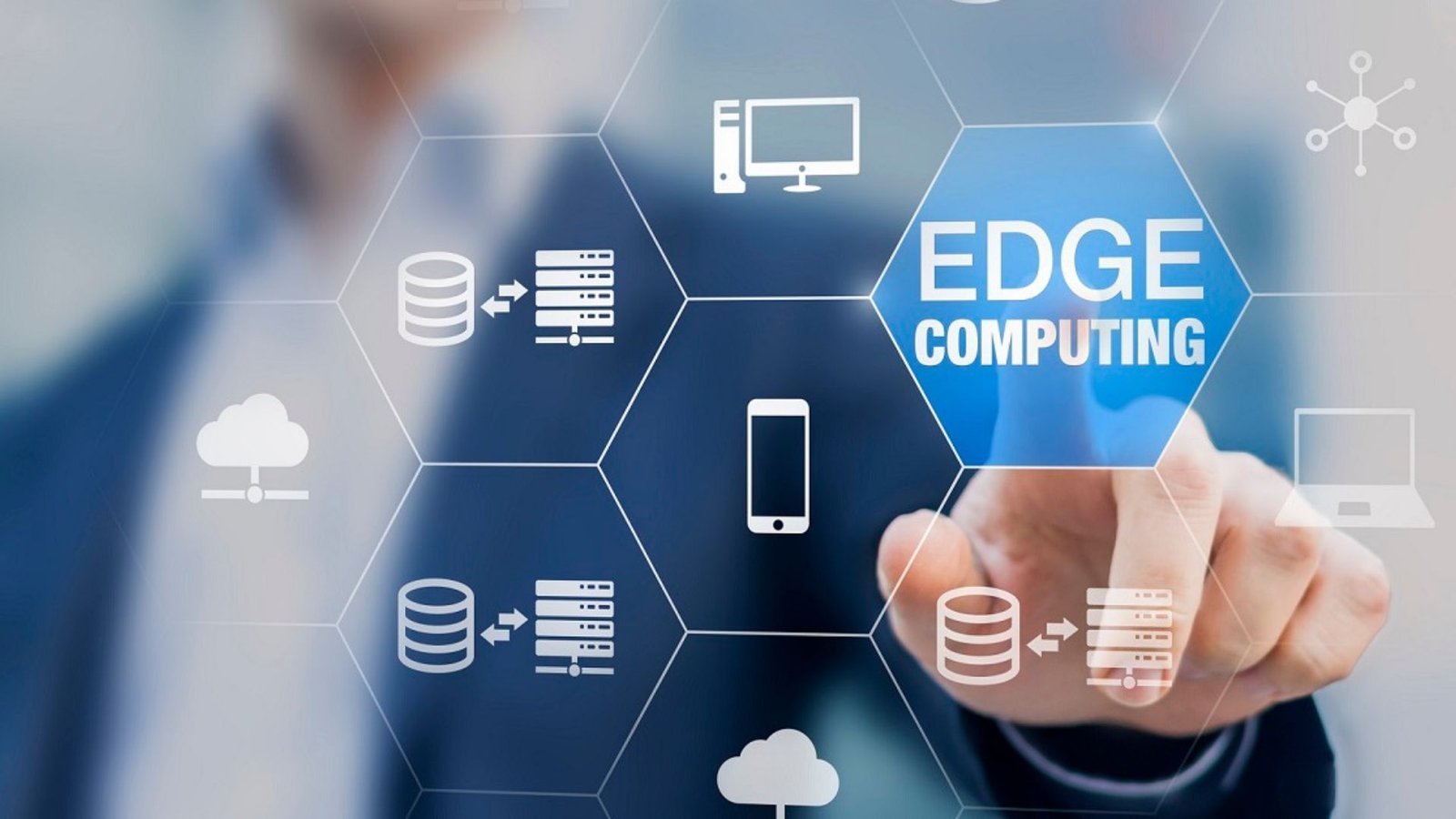Quick commerce, often referred to as Q-commerce, is a modern retail model that emphasizes ultra-fast delivery of products, typically within 10 to 30 minutes. This approach caters to the growing consumer demand for immediate access to goods, making it a significant evolution in the e-commerce landscape.
Emergence and Growth of Quick Commerce in India
The quick commerce sector has rapidly expanded in India, driven by urbanization, busy lifestyles, and technological advancements. As of 2024, the industry is valued at approximately $3.34 billion and is projected to grow to $9.95 billion by 2029, reflecting a compound annual growth rate (CAGR) of over 4.5%. With around 26.2 million users engaging with Q-commerce platforms, this sector is reshaping how consumers shop.
Importance and Relevance in the Current Market
Quick commerce is becoming increasingly relevant as consumers prioritize speed and convenience in their shopping experiences. The COVID-19 pandemic accelerated this trend by pushing more individuals towards online shopping for essentials, thus cementing the role of Q-commerce in the retail ecosystem.
Evolution of Quick Commerce
Quick commerce’s evolution can be traced back to the rise of traditional e-commerce in India, where platforms like Flipkart and Amazon laid the groundwork for online shopping. However, traditional e-commerce often involved longer delivery times, which created a gap that Q-commerce aimed to fill.
The introduction of hyperlocal delivery models by companies such as Dunzo, Swiggy, and Zomato paved the way for Q-commerce by familiarizing consumers with rapid delivery services. The COVID-19 pandemic acted as a catalyst, significantly increasing demand for quick deliveries.
Comparison with Traditional E-commerce
| Feature | Traditional E-commerce | Quick Commerce |
| Delivery Time | 1-7 days | 10-30 minutes |
| Order Size | Larger bulk orders | Smaller, urgent orders |
| Logistics Model | Centralized warehouses | Micro-fulfillment centers |
| Target Audience | General consumers | Urban dwellers needing speed |
Key Players in the Market
The quick commerce landscape in India features several prominent players:
- Blinkit
- Zepto
- Swiggy Instamart
- Flipkart Quick
- Amazon Fresh
These companies leverage advanced logistics and technology to ensure rapid delivery services.
Technology and Infrastructure
Role of Technology in Quick Commerce
Technology plays a crucial role in optimizing operations within Q-commerce. Companies utilize artificial intelligence (AI) and machine learning (ML) for real-time inventory management and efficient order processing.
Infrastructure Requirements
- Warehousing and Fulfillment Centers: Dark stores serve as mini-warehouses located strategically within urban areas to facilitate quick deliveries.
- Last-Mile Delivery Solutions: Advanced logistics systems enable efficient routing for delivery personnel, ensuring timely arrival at customers’ doorsteps.
Consumer Behavior and Preferences
- Changing Consumer Expectations
Today’s consumers expect convenience and speed when it comes to shopping. The rise of Q-commerce has directly responded to these evolving expectations.
- Convenience and Speed as Key Factors
The desire for immediate gratification drives consumers towards platforms that promise quick deliveries, making speed a critical differentiator in the market.
- Impact of the COVID-19 Pandemic on Consumer Behavior
The pandemic has significantly influenced shopping habits, leading to increased reliance on online platforms for essential goods.
Challenges and Opportunities
Challenges
- Operational Efficiency: Maintaining quick turnaround times while managing costs can be challenging.
- Supply Chain Management: Ensuring a smooth supply chain amidst fluctuating demand requires robust infrastructure.
- Competition and Market Saturation: As more players enter the market, standing out becomes increasingly difficult.
Opportunities
- Expansion into New Markets: There is potential for growth in Tier 2 and Tier 3 cities.
- Leveraging Data Analytics for Personalization: Companies can use data insights to tailor offerings to consumer preferences.
- Partnerships and Collaborations: Collaborating with local retailers can enhance service offerings and reach.
In a world where time is of the essence, quick commerce is not just a trend; it’s a transformative force reshaping how we shop, delivering convenience at our doorstep in mere minutes.
Impact of Quick Commerce on Local Retailers in India
The rise of quick commerce is reshaping the retail landscape in India, particularly affecting traditional kirana stores. Here’s a concise overview of the key impacts:
Shift in Consumer Behavior
- Declining Sales: Quick commerce platforms are expected to take about $1.28 billion in sales from kirana stores in 2024, with 46% of users reporting reduced spending at these local shops. This indicates a strong preference for the convenience of digital platforms.
- Market Capture: Quick commerce has captured 25-30% of the market share previously held by kirana stores, leading to the closure of approximately 200,000 kirana stores recently due to competitive pressures.
Competitive Challenges
- Pricing and Discounts: Quick commerce platforms offer deep discounts that kirana stores struggle to match, resulting in profit margins for kirana owners shrinking to 10-12%, down from 18-20% before the pandemic.
- Operational Costs: Rising operational costs and declining foot traffic, particularly during peak shopping seasons, further challenge local retailers.
Long-Term Threats
- Perception of Convenience: As consumer expectations shift towards instant delivery, kirana stores are seen as less appealing. Quick commerce’s ability to deliver groceries within minutes has changed shopping habits.
- Future Uncertainty: Approximately 74% of kirana owners view quick commerce as a long-term threat, fearing a continued erosion of their customer base.
Adaptation Strategies
- Embracing Technology: Some kirana stores are beginning to list products online and explore delivery options, but matching the convenience offered by quick commerce remains difficult.
- Diversifying Offerings: Local retailers may need to diversify their products and enhance customer engagement through loyalty programs or unique services to differentiate themselves.
Future Trends and Predictions
- Emerging Technologies and Innovations: Continued advancements in technology will further streamline operations within Q-commerce, enhancing customer experiences.
- Sustainability and Eco-friendly Practices: As consumer awareness grows regarding environmental issues, Q-commerce companies will likely adopt sustainable practices in logistics and packaging.
- Long-term Impact on the Retail Landscape: The rise of quick commerce is set to redefine retail dynamics, pushing traditional models towards greater efficiency and customer-centric approaches.
Case Studies and Success Stories
Companies like Blinkit have demonstrated remarkable growth by prioritizing speed and customer satisfaction. Successful Q-commerce players emphasize technology integration, efficient logistics, and understanding consumer needs as key factors for success. Feedback highlights that consumers value speed, product availability, and service reliability.
The future of quick commerce looks promising as it continues to evolve alongside technological advancements. Companies that adapt quickly will thrive in this dynamic environment.
Quick commerce represents a significant shift in retail strategies, emphasizing speed and convenience that align with modern consumer expectations. As this sector grows, it will undoubtedly shape the future landscape of retail in India.






